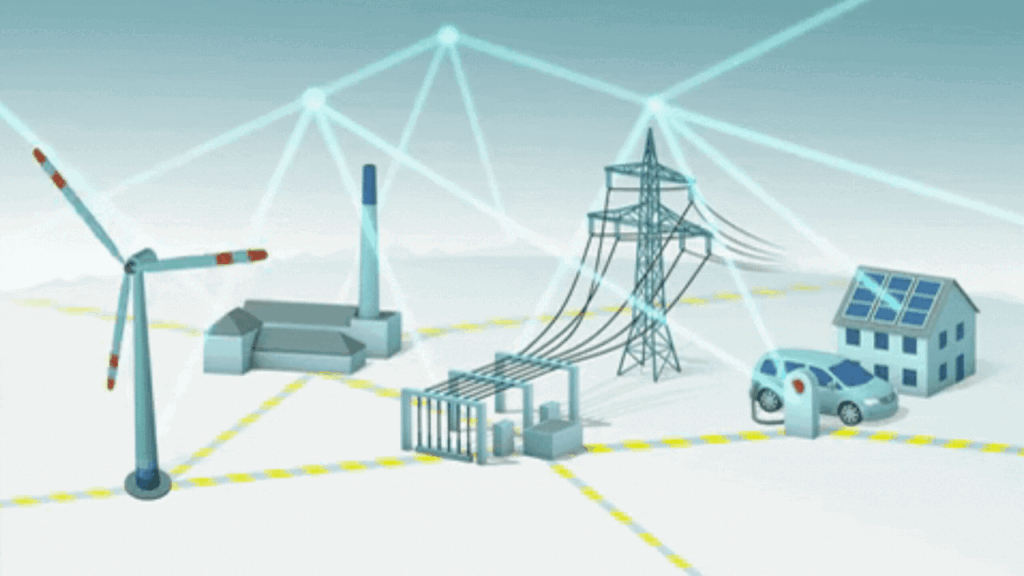Digital twin technology holds tremendous promise, yet its widespread adoption remains limited. In order to fully embrace its benefits, industries must delve into the intricacies of digital twins, while engineers and IT specialists need to cultivate expertise in implementation and infrastructure considerations.
Surprisingly, the billion-dollar real estate industry is still in its infancy when it comes to adopting digital twin technology, despite its immense potential to revolutionize this sector. CEOs, in particular, have yet to grasp the substantial value and competitive advantage that digital twins offer for their organizations.
Empowering Digital Twins: The Crucial Role of IoT Sensors
Setting up the necessary infrastructure for the Internet of Things (IoT) requires significant initial investments. Therefore, a meticulous evaluation of how this technology aligns with existing workflows and operations is essential to fit IoT within organizational frameworks.
Gartner predicts that by 2024, one-third of companies worldwide implementing IoT will have deployed at least one digital twin in production. With the increasing demand for efficiency and productivity across various industries, experts are fine-tuning IoT infrastructure and leveraging AI and machine learning capabilities to improve the design and workflows of existing facilities. In the future, almost every product or equipment or building that generates data can have its own digital twin.
But how can this data be connected to the Digital Twin? To understand, one needs to comprehend what the Internet of Things is:
What is the Internet of Things?
The Internet of Things (IoT) acts as the underlying framework that empowers digital twins to thrive. It comprises interconnected devices, sensors, and objects that gather and exchange real-time data. For buildings, this means for example:
- Environmental Sensors: These sensors measure various parameters such as temperature, humidity, air quality, and occupancy levels. They provide real-time data on the building’s environmental conditions, enabling optimal climate control, energy management, and occupant comfort.
Real-time carbon footprint of buildings
- Motion Sensors: Motion sensors detect movement within specific areas of the building. They can be used for occupancy monitoring or to automate lighting and HVAC systems based on the presence or absence of people.
Enhancing Efficiency and Preventing System Failure: The Impact of IoT Sensors
IoT sensors are a critical part of the digital twin functioning. They work as an enabler of digital twins by providing connection and access to intelligence in the physical world. IoT sensors are embedded in a physical product and offer full visibility into the nitty-gritty of that product and its full lifecycle. The sensors help with the enormous amounts of data that are needed for the digital twin tools to analyse the effectiveness and accuracy of the product without affecting the real-world product.
For example, manufacturing plants have IoT sensors implanted in various applications that understand and simplify the process flow, track the products, manage the work in process and optimize the material flow movement in the warehouse and also the inventory level.
Besides looking after the operability and performance of a system, product or process, IoT sensors reduce asset downtime and prevent system failure through timely maintenance requests. With regular software updates, patches and reboots for the deployed assets, IoT sensors can enable mission-critical systems to optimize resources and further asset utilisation.
Growing Momentum and Potential of Digital Twin Technology
Digital twins will continue to reshape various industries, including engineering, manufacturing, healthcare, and automobiles, as well as many others.
Digital twin technology has gained significant momentum since 2020, with the global market projected to reach $126 billion by 2030. According to data from Statista, by the mid-2020s, the global market for digital twins in the manufacturing industry alone is expected to exceed $6 billion, a tenfold increase from 2020. Other industries will also follow suit by creating their own virtual replicas.
Companies are exploring the Synergy Between Digital Twin and Metaverse
Only recently digital twin technology is gradually entering the metaverse realm, promising to create a virtual world where people can socialize, shop, play, work, and even visit places. This development will unlock a new economy with countless opportunities in the coming years. Companies like Nike, Samsung, Hyundai, and Coca-Cola have already entered this space and are exploring engagement strategies to reach audiences of all ages with digital avatars in virtual environments.
How quickly other companies and organizations can embrace this exciting new technology remains to be seen. While it may be challenging for many to grasp the concept, taking the time to learn about digital twins and how they fit into the virtual landscape will be crucial for their future endeavours!


